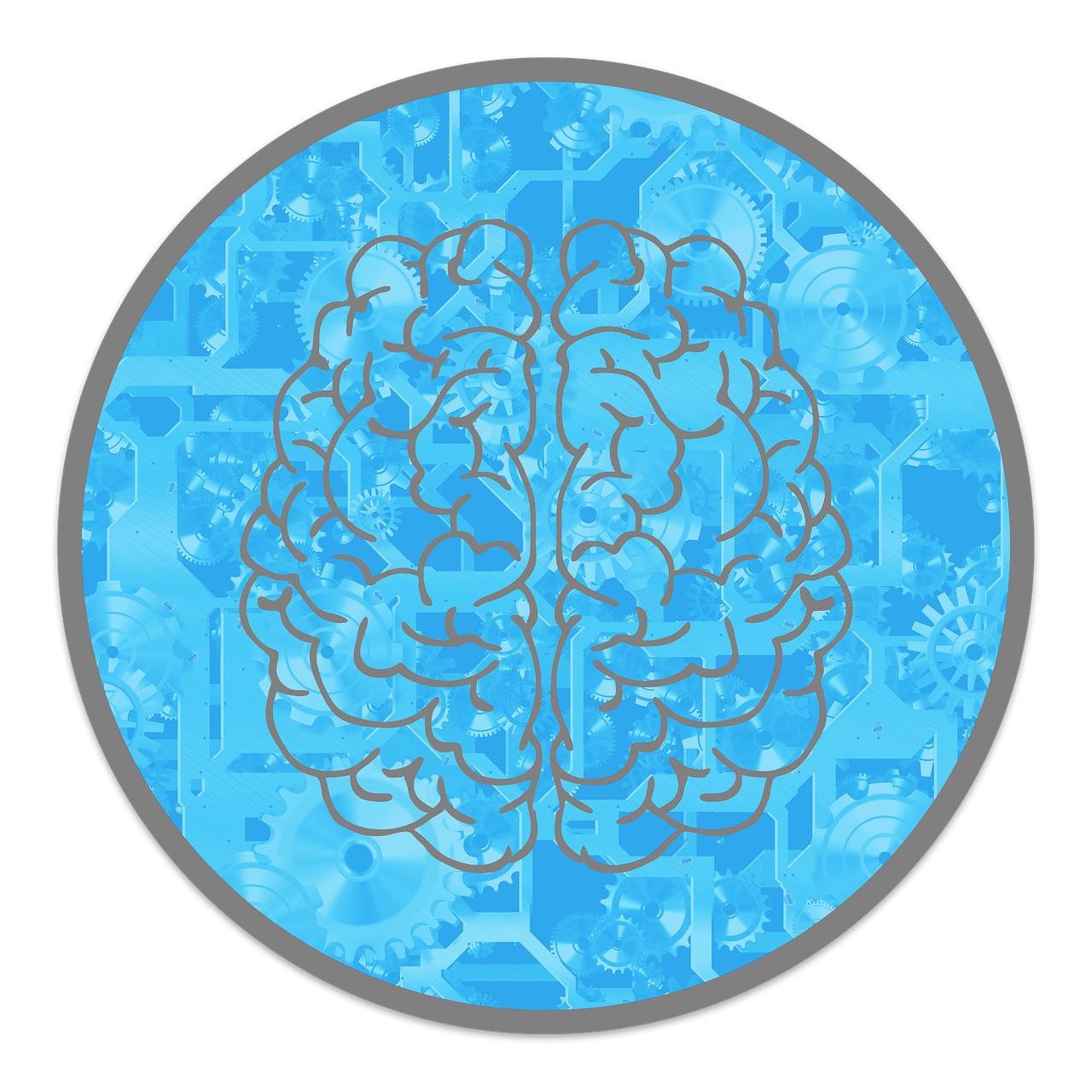
Have you ever wondered if you’re truly in control of the decisions you make?
Whether it’s choosing what to eat for breakfast or making life-altering choices, our brains play a significant role in shaping these decisions—often without us even realizing it.
This article explores the fascinating ways our brains work behind the scenes, revealing the hidden powers of decision-making and the factors that influence our choices.
Types of Decisions
Not all decisions are created equal.
Understanding the different types can help us grasp how our brains approach various situations.
Routine vs. complex decisions
We make decisions all day, every day, but not all decisions are created equal.
Let’s break it down into two types: routine decisions and complex decisions.
Routine decisions
These are the quick, everyday choices you make without much thought.
Picking your clothes for the day or deciding what to have for lunch falls into this category.
Routine decisions often rely on habits or past experiences, making them simple and efficient.
Complex decisions
On the other hand, these are the big ones that can significantly impact your life.
Think about choosing a career, buying a house, or deciding where to move.
These decisions require deeper thinking, research, and analysis because the stakes are much higher.
Emotional vs. rational decisions
When it comes to how we make decisions, emotions and logic often pull us in different directions.
Emotional decisions
These are driven by feelings and instincts.
They’re quick and often happen in the heat of the moment—like buying something on impulse or reacting during an argument.
Emotions can be powerful, but they don’t always lead to the best outcomes.
Rational decisions
These are more thoughtful and calculated.
You weigh the pros and cons, think about the long-term effects, and make a choice based on facts and reasoning.
For example, planning your finances or deciding on a major life change usually involves this kind of thinking.

The Brain’s Role in Decision-Making
Our brains are fascinating decision-making machines, with different parts working together to help us navigate choices big and small.
Let’s take a closer look at how it all happens.
Neuroscience of decisions
The human brain is a powerhouse of decision-making, with various regions contributing:
- Prefrontal cortex: This is the logical thinker of the brain. It helps with rational thinking, planning, and weighing options.
- Amygdala: Meet the emotional powerhouse. The amygdala processes emotions like fear, excitement, or anger.
- Striatum: Think of this as your reward tracker. It helps assess risks and rewards, playing a major role in decisions where outcomes feel like a “win.”
- Hippocampus: This is the memory keeper. The hippocampus pulls up past experiences to guide current decisions.
Conscious vs. unconscious processing
While it feels like we’re always in control of our choices, the truth is that a lot happens behind the scenes.
Many decisions are made unconsciously before we even realize it.
Research published in Nature Neuroscience found that brain activity can predict a decision up to 10 seconds before you’re consciously aware of making it!
This means your brain is doing a lot of the heavy lifting in the background, processing information and narrowing down options before you take the final step.
Factors Influencing Our Decisions
Every decision we make is shaped by various factors, many of which we’re not even aware of.
Let’s break down some of the key influences that can guide—or misguide—our choices.
Cognitive biases
Our brains are wired to save time and effort, so they use mental shortcuts, known as cognitive biases, to simplify decision-making.
These shortcuts can be helpful but sometimes lead us astray.
Confirmation bias
This happens when we focus only on information that supports what we already believe, ignoring anything that might contradict it.
For example, if you think a certain diet is the best, you might only pay attention to articles that agree with you and dismiss those that don’t.
Anchoring effect
This is when the first piece of information you encounter sets the tone for all future decisions.
Imagine you’re shopping for a car, and the first price you see is $30,000.
Even if other cars are cheaper, your mind might still compare everything to that initial number.
Emotional influences
Emotions are powerful decision-drivers, sometimes without us even noticing their influence.
- Fear can make us overly cautious, like avoiding an opportunity because it feels risky.
- Excitement, on the other hand, might push us to take risks, like splurging on a big purchase because we’re caught up in the moment.
Research published in Psychological Science shows how emotions subtly shift our preferences.
For instance, people in a happy mood are more likely to choose optimistic outcomes, while those feeling anxious might lean toward safer options.
Social and environmental factors
Peer influence
Whether we realize it or not, the opinions and behaviors of others play a big role in our decisions.
This could be as simple as ordering the same dish as a friend at a restaurant or as significant as choosing a career path based on family expectations.
Environmental cues
Even subtle things like music, lighting, or smells can shape our decisions.
Studies in environmental psychology show that soft lighting, for example, can make people feel relaxed and more open to spending money, while upbeat music might encourage quicker choices.

The Illusion of Control?
Despite our belief in free will, science suggests that much of our decision-making is influenced by unconscious processes.
Neurological evidence
Using advanced tools like functional MRI scans, researchers have discovered something fascinating: our brains often make decisions before we’re even aware of them.
In these studies, scientists could predict what choice someone would make seconds before the person consciously decided.
This challenges the idea that we’re always in full control.
Instead, it suggests that unconscious processes in the brain are working quietly in the background, influencing what we do.
The role of conscious thought
Does this mean free will doesn’t exist? Not necessarily.
While a lot of decision-making happens unconsciously, conscious thought still plays a big role.
- Reflection and analysis: When faced with complex choices, like switching careers or deciding where to live, our ability to think critically and weigh options can override automatic responses.
- Overriding impulses: Conscious thought also helps us pause and reconsider impulsive decisions—like choosing a healthier meal instead of giving in to a craving.
Is free will an illusion?
This question sparks endless debate among neuroscientists and philosophers.
On one hand, if our brain decides before we’re aware, it feels like free will might not be as “free” as we think.
But on the other hand, our ability to reflect, adapt, and make intentional changes suggests we’re not entirely at the mercy of unconscious processes.

Strategies for Better Decision-Making
Although we can’t control every factor, adopting certain strategies can help improve our decision-making process.
Awareness and mindfulness
One of the first steps to better decision-making is understanding what’s influencing you.
Mindfulness—being present and aware of your thoughts and emotions—can make a big difference.
When you’re mindful, you’re more likely to catch yourself acting on autopilot or letting emotions take over. For example, instead of buying something out of frustration, you might pause and ask, “Do I really need this?”
Critical thinking skills
Good decisions come from good thinking. Developing critical thinking means taking a closer look at the situation by:
- Questioning assumptions: Are you relying on old habits or unchecked beliefs?
- Evaluating evidence: What facts do you have, and what’s missing?
- Considering alternatives: Is there another option you haven’t thought of yet?
This approach helps you dig deeper and make choices based on reason rather than assumptions.
Slowing down the decision-making process
We live in a fast-paced world, but slowing down can actually improve your decision-making.
For important choices, take time to weigh the pros and cons.
For instance, if you’re deciding on a big purchase or a career move, give yourself time to reflect.
Rushed decisions are often driven by stress or pressure, and taking a step back can provide clarity.
Seeking diverse perspectives
Sometimes, we get stuck in our own heads.
Talking to others—especially those with different viewpoints—can uncover blind spots or bring new ideas to light.
For example, if you’re working on a project, asking for feedback from someone outside your field might offer valuable insights you wouldn’t have considered.

Final Thoughts
Our brains are incredible decision-making machines, but they operate in ways that often escape our conscious awareness.
By understanding the hidden processes and influences, we can make more informed and intentional choices.
While we may never fully escape the illusion of control, we can certainly learn to navigate it with greater wisdom.



